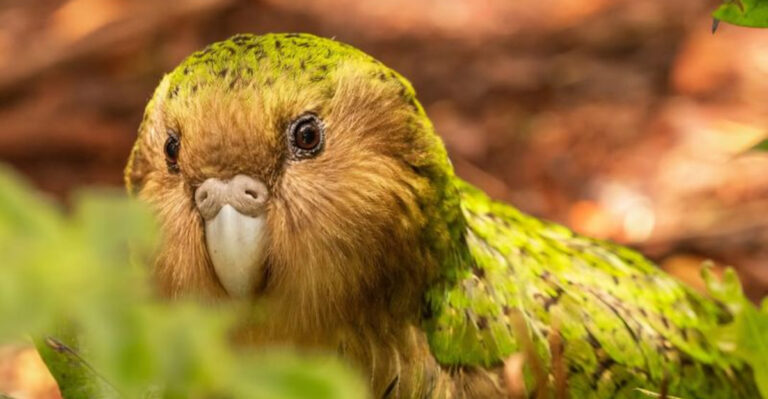Do Ferrets Need A Friend? 12 Things You Should Know Before Adding Another
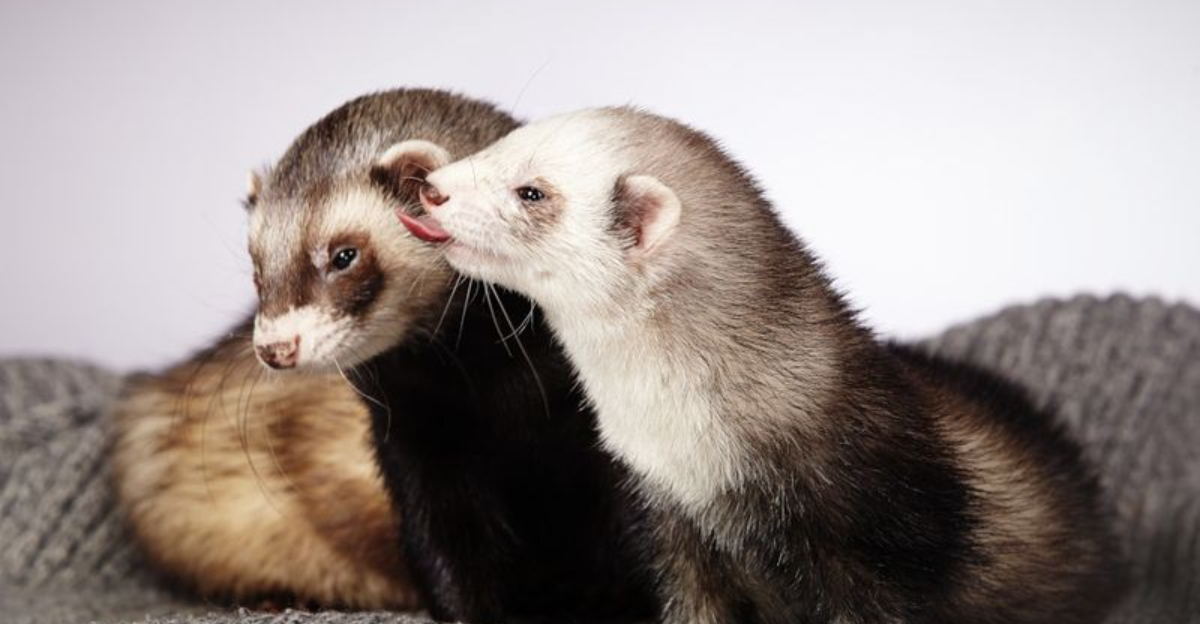
Ferrets are playful, social creatures that bring joy to any household with their mischievous antics and boundless energy.
Many ferret owners wonder if their fuzzy friend would benefit from having a companion to play, snuggle, and explore with.
Before you rush out to double your ferret family, there are several important factors to consider – from personality compatibility to space requirements and financial commitments.
1. Ferrets Are Naturally Social Animals
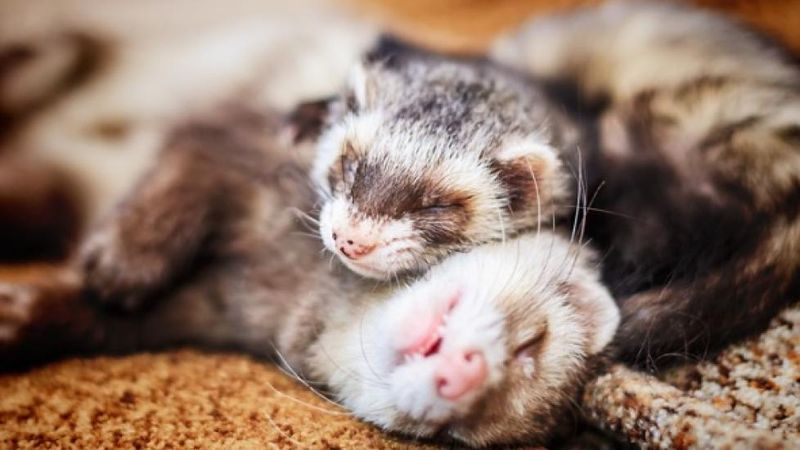
Wild ferrets live in groups called ‘businesses,’ where they hunt, play, and sleep together. This social structure is hardwired into their DNA. Domesticated ferrets retain this pack mentality, often thriving when they have furry companions to interact with throughout the day.
A solo ferret might become lonely or bored, especially if you’re away from home frequently. Many owners report their single ferrets seem more content and balanced after introducing a friend. Their natural instinct to cuddle in sleep piles can’t be fulfilled with just human interaction.
2. Doubled Joy Means Doubled Responsibility

Adding a second ferret multiplies the fun but also the work. Two ferrets create more mess, require more frequent cage cleanings, and double your food expenses. Vet bills will increase significantly – routine checkups, vaccinations, and potential health issues now apply to two animals instead of one.
Time commitment grows too. Each ferret needs individual attention and bonding time with you. Training becomes more complex when they learn behaviors from each other. Before expanding your ferret family, honestly assess if you have the resources, energy, and patience for multiple fuzzy troublemakers.
3. Personality Matching Matters Tremendously
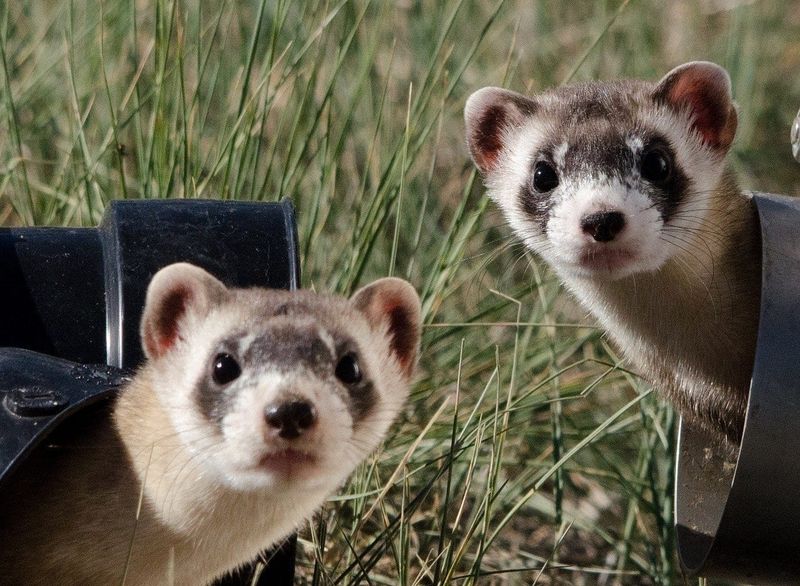
Just like humans, ferrets have distinct personalities. Some are dominant and bossy, while others are submissive and easy-going. Pairing two dominant ferrets often leads to fighting and stress. The ideal match usually involves ferrets with complementary temperaments.
Age differences play a role too. Young ferrets might overwhelm elderly ones with their boundless energy. Meanwhile, older ferrets can sometimes help teach manners to youngsters. Gender combinations also influence dynamics – two unneutered males will likely fight, while spayed females often get along well.
4. Proper Introduction Prevents Problems
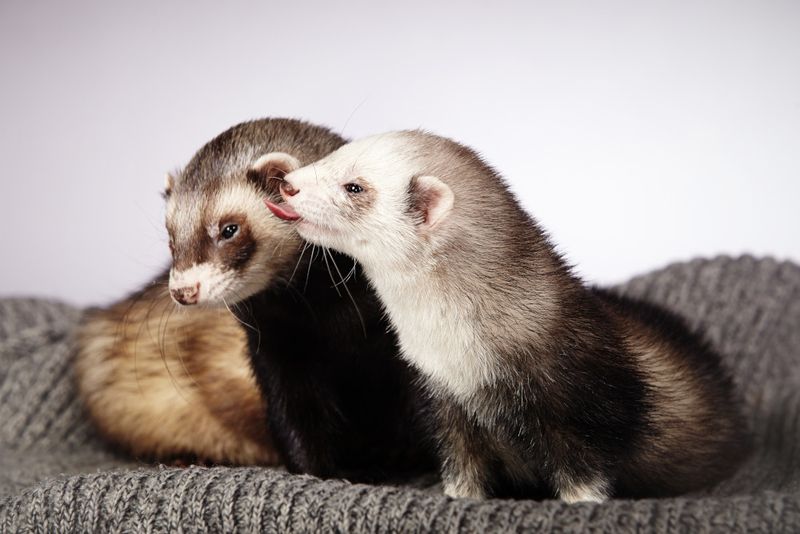
Rushing introductions between ferrets frequently leads to disaster. The process requires patience and careful observation. Start with short, supervised meetings on neutral territory where neither ferret feels territorial. Watch for signs of aggression like puffed tails, hissing, or excessive dominance displays.
Gradually increase time together as they become comfortable. Some ferrets bond instantly, while others need weeks to accept each other. Separate sleeping quarters initially provides safe spaces for both animals. Scent swapping beforehand – exchanging bedding materials – can ease the transition by familiarizing them with each other’s smell.
5. Space Requirements Expand Significantly
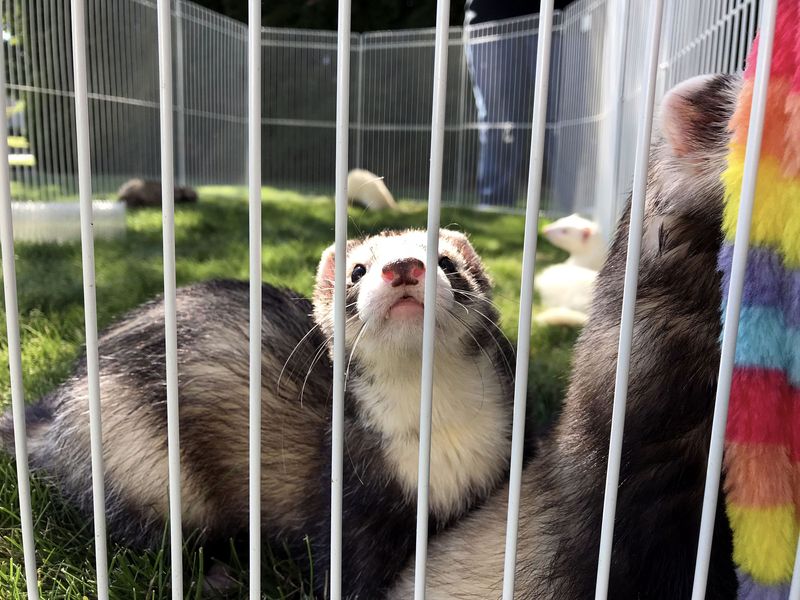
One ferret needs considerable space, but two require even more room to play, explore, and establish territory. The minimum cage size increases substantially – experts recommend at least 4-6 cubic feet per ferret. Multiple levels, hammocks, and sleeping areas become essential so each ferret can have personal space when needed.
Play area outside the cage must expand too. Ferrets need several hours of supervised playtime daily, and with multiple ferrets, this area should accommodate their wrestling, chasing, and playing without feeling cramped. Consider whether your home can realistically provide this much dedicated ferret space.
6. Health Risks Can Multiply Between Ferrets
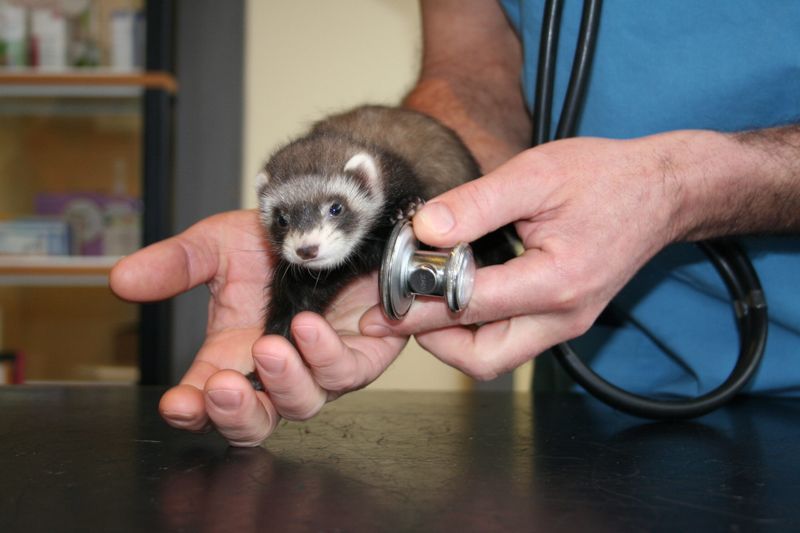
Ferrets can transmit diseases and parasites to each other with remarkable efficiency. A seemingly healthy new ferret might carry illnesses that could endanger your existing pet. This is why quarantine periods of 2-3 weeks are strongly recommended before full introductions.
Common transmissible concerns include influenza, ECE (epizootic catarrhal enteritis), and external parasites like ear mites. Each new addition should receive a thorough veterinary examination. Vaccination schedules must be synchronized between all ferrets in the household to ensure proper protection.
7. Age Considerations Affect Compatibility
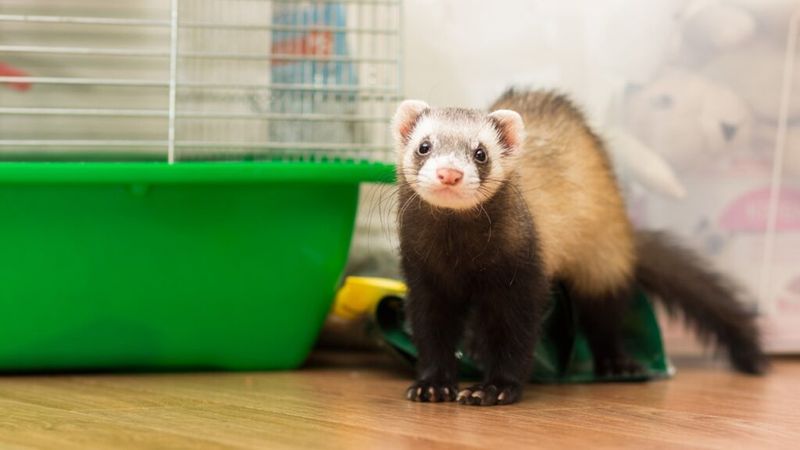
Baby kits bring boundless energy that can rejuvenate an adult ferret or completely overwhelm a senior one. Elderly ferrets (5+ years) often prefer calmer companions close to their age rather than rambunctious youngsters. The physical play style differs dramatically across age groups.
Middle-aged ferrets typically make the most adaptable companions, able to match energy with younger ones but respectful of older ferrets’ limitations. When adding to your business, consider your existing ferret’s age and energy level. Sometimes the perfect match might not be the cute baby kit at the store but a more mature rescue ferret.
8. Financial Implications Deserve Serious Thought

The financial reality of multiple ferrets catches many owners by surprise. Beyond the initial purchase price, recurring costs double with a second ferret. Premium food, litter, toys, and preventative care add up quickly. Emergency veterinary care – often needed with these accident-prone creatures – can be particularly costly.
Ferrets are prone to expensive health conditions like adrenal disease, insulinoma, and lymphoma. Treatment for just one ferret with these conditions can run into thousands of dollars. Creating an emergency fund specifically for ferret healthcare becomes even more crucial with multiple pets. Can your budget realistically handle these potential expenses?
9. Vacation Planning Becomes More Challenging
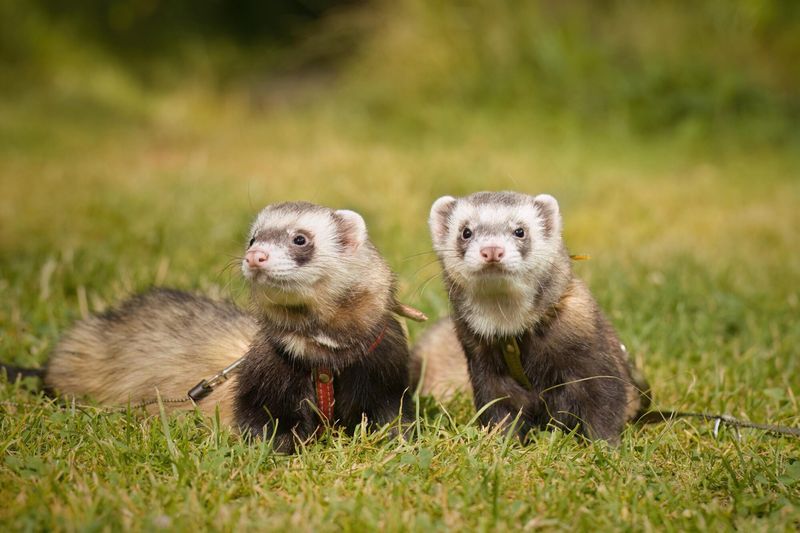
Finding someone willing to pet-sit one ferret can be difficult; finding care for multiple ferrets narrows your options considerably. Their specialized care needs – from proper diet to safe play supervision – require knowledgeable caretakers. Professional ferret-sitters or boarding facilities that accept ferrets are rare and expensive.
Family members who might hesitate with one ferret often decline entirely when faced with multiple. Travel spontaneity decreases significantly with each additional pet. Before adding another ferret, honestly evaluate your travel habits and support network. Having a reliable care plan for your ferrets during absences is essential.
10. Gender Dynamics Influence Relationship Success

Male and female ferrets interact differently, creating various relationship dynamics. Two neutered males might establish a clear dominance hierarchy with occasional squabbles. Two spayed females typically get along well after establishing their own pecking order. Mixed-gender pairs often form the most harmonious relationships, with less competition for dominance.
Unneutered ferrets complicate matters significantly. Intact males become aggressive during breeding season, while unspayed females suffer serious health risks. Always ensure all ferrets are fixed before introductions. The hormonal influence on behavior decreases dramatically after neutering/spaying, making peaceful cohabitation much more likely.
11. Existing Ferret’s Happiness Must Remain Priority

Some ferrets genuinely prefer being solo pets, receiving all their human’s attention without competition. Watch your existing ferret’s behavior carefully – does it seem lonely or content? Signs of loneliness include excessive sleeping, destructive behavior, or seeming depressed when you’re not interacting directly.
If your ferret already shows stress or anxiety, adding another might worsen these issues rather than help. Consider a trial period where you temporarily foster a second ferret. This allows you to observe how your resident ferret responds before making a permanent commitment. Your first ferret’s wellbeing should never be sacrificed just because you want another.
12. Rescue Ferrets Offer Special Rewards And Challenges
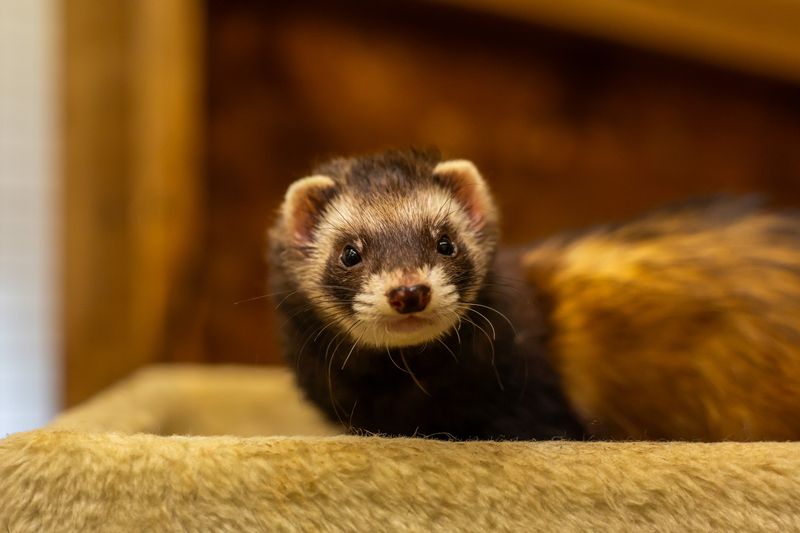
Rescue ferrets need homes desperately and often make wonderful companions. However, they frequently come with unknown backgrounds, potential behavioral issues, or health concerns. When pairing with your existing ferret, these uncertainties can complicate the introduction process.
Many rescues allow meet-and-greets between your ferret and potential adoptees. Take advantage of this opportunity to gauge compatibility. Rescue ferrets sometimes bond more quickly with other ferrets, having experienced loneliness. The joy of watching a formerly neglected ferret blossom with a friend can be incredibly rewarding, though it requires extra patience during transition.

